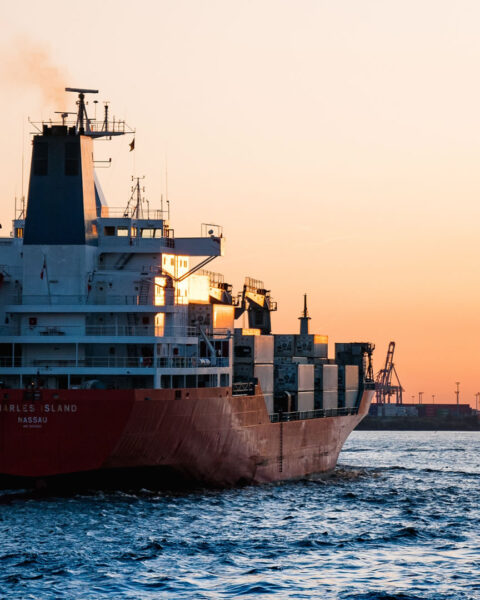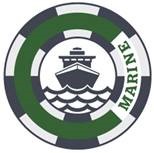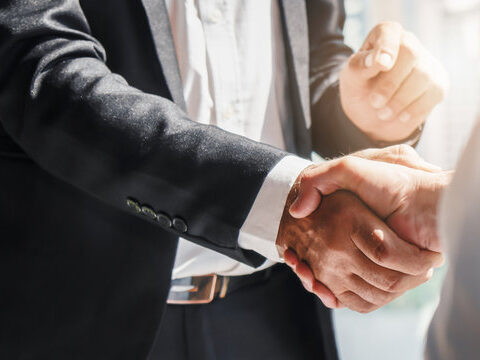
As a ship owner or builder, it’s important to understand the importance of ballast water and subsequent management as well as the effect it might have on the environment. At Calvey Marine, we’re always striving to ensure proper procedures are followed and good management is adhered to at the shipyards we work with. This will not only save you time and money but help keep our practises environmentally friendly.
According to research by Lloyd’s Register Marine, around five billion tonnes of ballast water is moved across the world’s oceans every year and whilst it’s essential for safe and efficient shipping operations, it can have a severe ecological and economic threat to our environment. Hence, it’s important for the marine industry to be aware and proactive to ballast water management and ensure the utmost is being done to minimise risk, damage and undue costs.
What is ballast water?
Carried in the ship’s’ ballast tanks, ballast water helps to improve stability, balance and trim of the vessel and is discharged when cargo or freight is either unloaded or loaded. It’s also relieved from the ballast when a ship needs support or extra stability in bad weather. It’s not just water that the ballast collects; sea life such as plants and animals can also be picked up that can cause problems further down the line.
How much ballast water can a ship take?
The answer is very much dependent upon the size of your vessel and the size of the cargo capacity. In general, the more tonnes of cargo a ship can carry, the more ballast water may be needed and therefore the management system in place is larger. You can find more information on ballast water capacities here.
What are the environmental risks of ballast water exchange?
Ballast water exchange is essentially the process of replacing water from the ship’s ballast that’s been taken in at sea with water at port or near the coast of a voyage. Naturally, vessels will collect more than just sea water on their travels and organisms, bacteria, animals and ocean plants can get caught up in the ballast too.
When ballast water is disposed of in ports and harbours, it’s classed as a waste product that may contain harmful substances such as oil residue or disease from sewage contaminated waters. What’s more, non-native species of sea creatures and organisms that may have been caught up in the ballast system along the way can cause significant damage and upset to the seas habitat.
Therefore, it’s important to not just “dump” ballast water at the end of a shipment but rather manage it effectively to ensure there’s no harm made to the environment.
How can you implement an effective ballast water management system?
The International Maritime Organisation (IMO) have developed strict guidelines for the control and management of ships’ ballast water and although compliance is not yet legally required in the UK, it’s recommended that the guidelines are followed.
Technology available for treating ballast water offers two key solutions:
- Solid-liquid separation
- Disinfection
The first option is simply the separation of solid material from liquid material in the ballast either by sedimentation or by surface filtration. Meanwhile, disinfection aims to remove or deactivate micro-organisms that could be harmful through oxidisation or even asphyxiation through deoxygenation.
Implementation of such a system can be carried out by accredited, experienced industry leaders such as PANASIA, who Calvey Marine proudly works with. Since 2010, PANASIA have been providing easy, safe and simple solutions for ballast water treatment based on filtrations and UV irradiation; a technology that’s proven to disinfect harmful organisms without producing any toxic substances that could cause further damage.
Find out more
To find out more about safe ballast water exchange and effective treatment systems, call us today on 01903 748860 or email calvey@calveymarine.co.uk.


